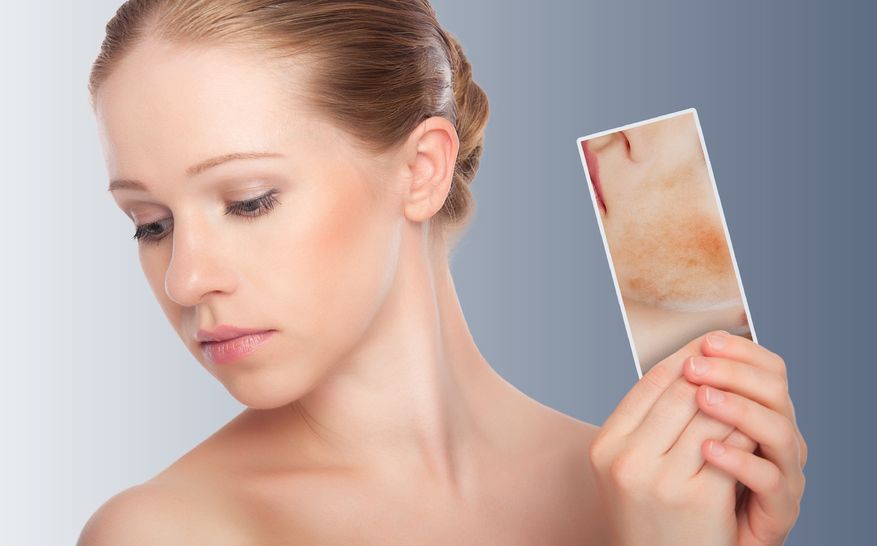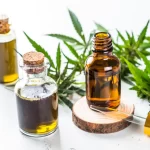Skin pigmentation happens when there’s an overproduction of melanin in your skin, leading to spots or patches that are darker than the rest of your skin. It’s normal for you to be frustrated with the way these blemishes look – but don’t worry, there are ways to get rid of them.
Nowadays, in the modern world, it is now possible to directly treat the deeper layers of the skin for more effective and faster healing of the pigmentation. Here’s a fantastic read to learn more about these modern treatments.
With the right methods, you will be able to put an end to those stubborn pigmentations. Read on to learn more ways to treat your blemishes and be on the road for healthier, clearer skin!
Table of Contents
1. Sun protection
What else is a way to prevent skin pigmentations from developing and from worsening? Sun protection! It does not only prevent skin pigmentation, but it also helps lighten and fade such skin pigmentations. Protecting your skin from the sun after undergoing skin treatment will do a lot during the healing phase. A few minutes of sun exposure without sun protection is enough to trigger the formation of pigmentations on the skin.
2. Brightening creams
Brightening creams are available over-the-counter and are best combined with selected ingredients to help decrease the appearance of pigmentation. These creams are usually applied once or twice a day to help with lightening the skin over time.
Cosmetic procedures
Some cosmetic procedures have been proven to be effective in dealing with skin pigmentation removal. The treatments help to lighten certain areas of the skin to reduce the appearance of skin pigmentation. Some of the effective cosmetic procedure for pigmentation removal include:
- Laser therapy
- Dermabrasion
- Microdermabrasion
- Chemical peels
3. Laser treatment
Laser resurfacing treatment is known for reducing pigmentations and skin irregularities such as acne scars, wrinkles, freckles, etc. The procedure is done by delivering concentrated beams of light directly to the affected area by removing the skin layer by layer. Common names for this treatment are laser peeling and laser vaporization.
There are two kinds of laser treatment: ablative and non-ablative. The treatment method that is more intense as it removes layers of the skin is called ablative laser treatment. Ablative laser treatment has a stronger impact on the skin– that’s why this treatment comes with some side effects. But such side effects are only temporary. Non-ablative laser treatment has a more calm approach to the skin. It targets the dermis to encourage collagen production. When there is enough collagen, the pigmentation starts to fade away.
Both of these laser treatment methods destroy the unwanted elements in the skin to ensure that skin cells will grow back in a much better form.
4. Dermabrasion
Dermabrasion treatment removes some layers of the dermis. The treatment is commonly used to treat wrinkles. But with the improved dermabrasions treatment, is has been used for skin pigmentations and skin issues like acne scars, injury scars, age spots, and marks that are caused due to the sun.
5. Microdermabrasion
Since microdermabrasion includes removing the upper layer of skin (epidermis), it is important to entrust this procedure to a trained and experienced specialist. A drill-like tool will be used in this procedure to rapidly swipe across the skin and gently remove the affected epidermis little by little. Multiple sessions of microdermabrasion treatment may be needed to achieve the desired results.
6. Chemical peels
Chemical peels are treatments that are often performed during seasons that the sun does not release too much harmful UV rays, like during the winter or autumn season. The main reason for this is because when undergoing chemical peel, the skin gets extra sensitive, especially to the sun. Downtime may be expected with this treatment.
Chemical peels are done by using strong concentrated acids to treat the pigmented area. The chemical ingredients peel off the outer layers of the skin, reducing the appearance of the pigmentation. In some cases, the medical specialist uses a much stronger chemical peel to penetrate deeper into the dermis reaching the middle part to deliver a much more effective result.
The most common ingredients for chemical peels are lactic acid, retinol, and glycolic acid. Chemical peeling can be done at home or at a clinic. Some chemical peels are available over-the-counter. Still, most medical specialist wouldn’t recommend it, especially for severe cases of skin pigmentation as they might not be as effective, and it might even cause more damage to the skin. It s advisable to have a professional to undertake the chemical peel treatment as they yield quicker results.
You may know by now that chemical peels have powerful ingredients, that is why this treatment include some side effects and may require some downtime. Irritation, redness, and blistering are some of the common side effects that can happen after the treatment. But, there’s no need to worry as these side effects are only there temporarily.







